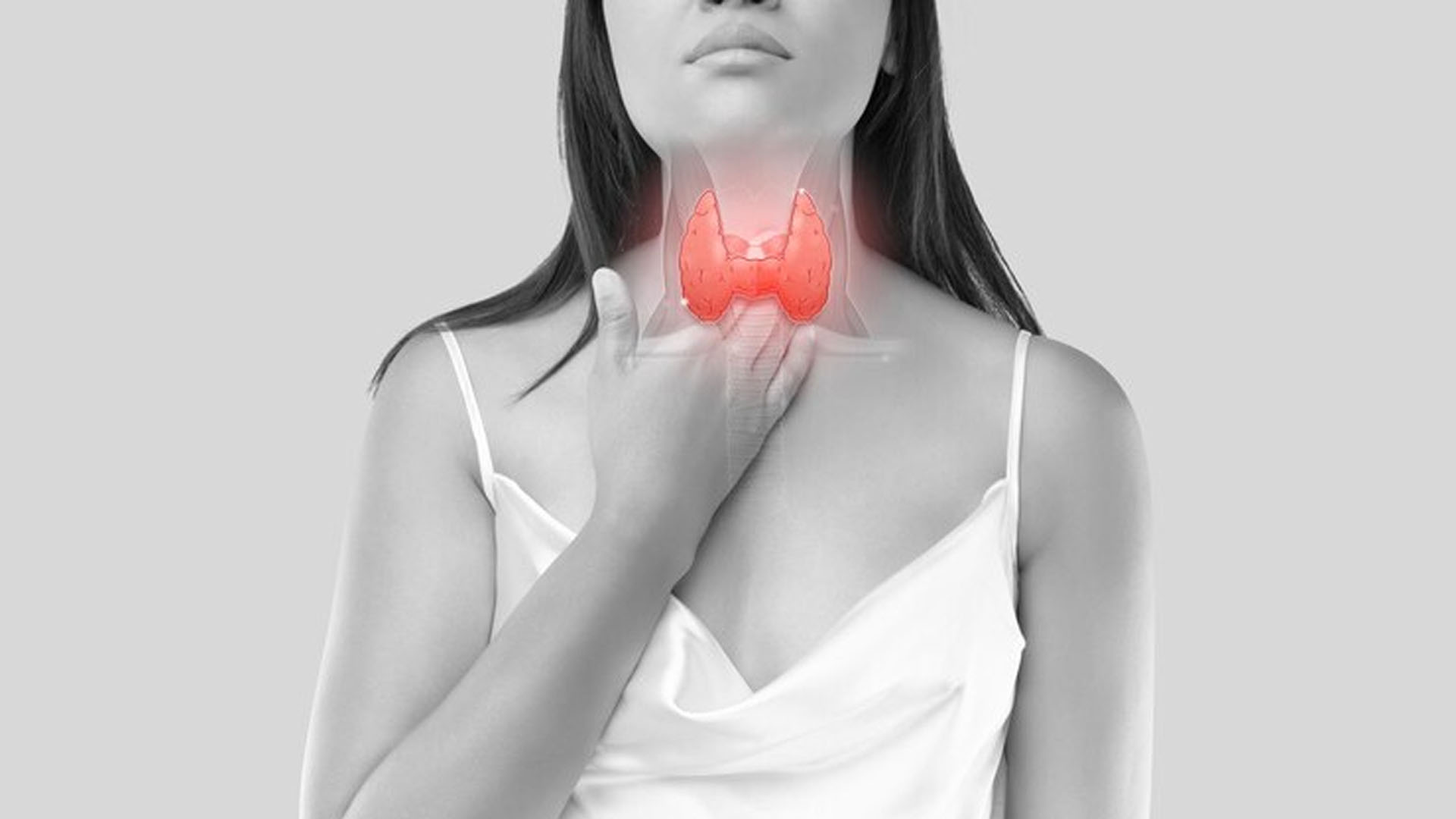Iodine Deficiency-Goiter, Prevention, Treatment And Foods To Be Taken.
June 3, 2020 | by Yashaswi Pathakamuri | Posted in Diseases, Thyroid

The major nutritional deficiency leading to goiter and cretinism is iodine deficiency or inflammation of the thyroid gland. Abnormal enlargement of the butterfly-shaped gland below the Adam’s apple (thyroid). In children, it can cause mental disabilities. This article tells you about prevention, Treatment and foods to be taken in iodine deficiency goiter.
Iodine deficiency disorders (IDD) are endemic in sub-Himalayan belt in North India affecting nearly 120 million people. Recently, new pockets of IDD have been identified in other parts of India particularly in tribal belts, in Gujarat, Madhya Pradesh, Andhra Pradesh, Maharashtra, Kerala and Karnataka, bringing the total affected population to 170 million.
Although goiter is mainly due to iodine deficiency in some areas, goitrogens present some of the habitual foods, may be contributing to the precipitation of iodine deficiency when iodine is marginal.
Control And Prevention Of Goiter
Goiter control and prevention has completely based on providing extra iodine to the population through iodised salt distribution or iodised oil injection in hyperendemic areas. These approaches have been successfully used in other countries to eliminate goiter.
But in India, though iodised salt programme was initiated in 1955, the programme has had a very little impact on the programme of goiter due to various logistic reasons:
(a) Enough iodised salt was not produced,
(b) Lack of monitoring of iodised salt distribution, and
(c) its iodine content at the point of consumption.
Recently, Government has become alert to those problems and has taken a decision to iodise all edible salt by 1993 for effective coverage of population and increase the level of iodisation from 20 to 30 ppm. These steps hopefully will have an impact in reducing the prevalence of goiter in the country.
Foods
Your body doesn’t naturally make iodine, so the only way to get this nutrient is through your diet. Adults typically require 150 micrograms (mcg) per day. Iodine is found in many types of foods. It’s most concentrated in foods like:
It is most common in developing countries where people may lack access to enough healthy food. But it can also affect people in developed countries who lack an adequate diet or whose bodies don’t correctly process iodine.
Pregnant and breastfeeding women need 200 mcg per day. Pregnant women require more iodine than any other group of people. Because of this, they’re likely to experience a deficiency if they don’t make a conscious effort to consume high-iodine foods.
Treatment
Iodine supplements containing potassium are the most readily absorbed by the body. Look for supplements that contain potassium iodide and potassium iodate. Don’t take supplements in excess of 150 mcg per day. This could cause an iodine overload, which is also harmful to the thyroid.
Most people with iodine deficiency can fix their health issues by changing their diet and adding supplementation. People with myxedema require hospitalization. At the hospital, doctors will administer intravenous fluids and other stabilizing treatments. They will also administer thyroid hormones to correct the condition. After a person with myxedema is stable, the doctor will monitor their thyroid function and determine if a change in diet to ensure they are consuming enough iodine will keep their hormone levels stable.
Summary
Iodine deficiency is a global public health issue. It affects more than two billion people worldwide and it is one of the leading causes of preventable mental retardation.
Iodine deficiency can be caused by a lack of iodine in the soil, water, or air. Iodine is an essential element for human health and it can be found in food sources like dairy products, seafood, breads, and vegetables.
The World Health Organization (WHO) has been working on this issue since the 1950s. They have created guidelines for iodine intake as well as monitoring programs to assess its levels in foods and water.
Recent Posts
Categories
- Arthritis
- B vitamins
- Berries
- Best time to take
- Breasfeeding
- cancer
- Chronic Diseases
- COVID-19
- Dairy
- Deficiency
- Diabetes
- Diet
- Diseases
- FAQ's
- Fats
- Fever
- Hair
- health
- Kidney
- Leafy Vegetables
- Lung disease
- mango
- Meat
- Millets
- Minerals
- Myositis
- Nausea
- Nutrition Facts
- Nuts and Seeds
- Oats and Oatmeal
- Psoriasis
- Recipes
- Rice
- Skin
- spices and Condiments
- Summer
- Thyroid
- Varicose Veins
- Vegetables
- Vitamins
- Vomiting
- water
- weight gain
- weight Loss
Archives
- April 2024
- March 2024
- February 2024
- January 2024
- December 2023
- November 2023
- October 2023
- September 2023
- August 2023
- July 2023
- June 2023
- May 2023
- April 2023
- March 2023
- February 2023
- January 2023
- November 2022
- October 2022
- September 2022
- August 2022
- July 2022
- June 2022
- May 2022
- April 2022
- March 2022
- February 2022
- January 2022
- December 2021
- November 2021
- October 2021
- September 2021
- July 2021
- June 2021
- May 2021
- April 2021
- March 2021
- February 2021
- January 2021
- December 2020
- November 2020
- October 2020
- September 2020
- August 2020
- July 2020
- June 2020
- May 2020
- April 2020
- March 2020
- February 2020
- January 2020